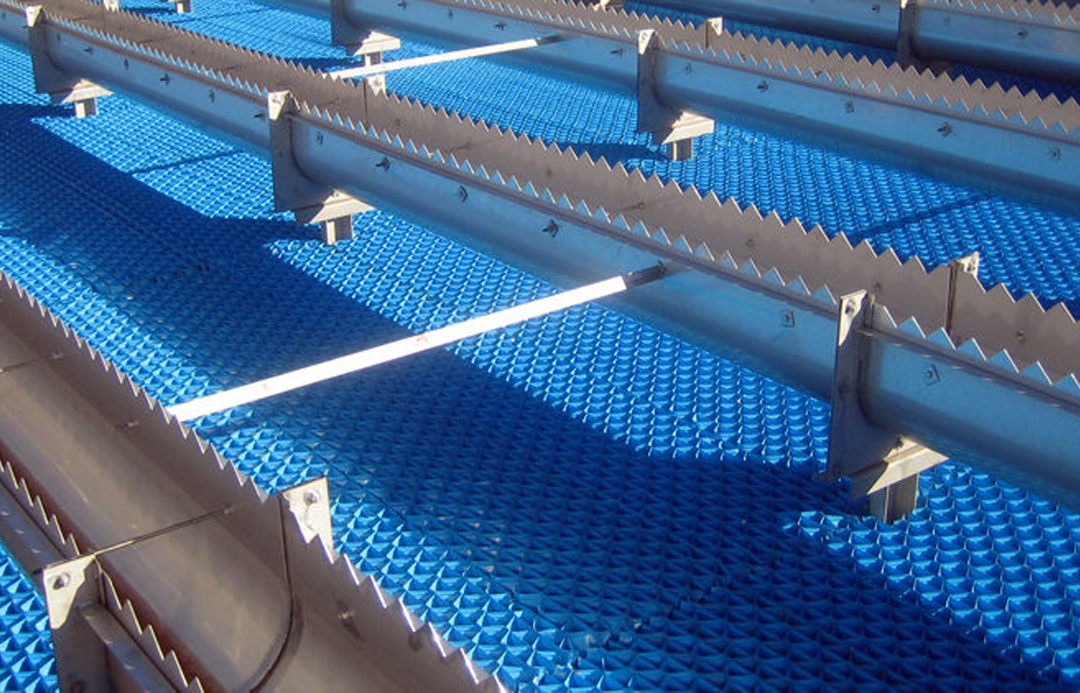Tube settlers are innovative devices designed to enhance the
sedimentation process in water treatment systems by utilizing a series of
inclined tubes. These tubes, typically arranged at a 60-degree angle,
create multiple narrow channels that allow water to flow upward while
facilitating the settling of suspended solids. The design significantly
reduces the vertical distance that particles must travel to settle, thereby
accelerating the separation of solids from liquids. As water rises through
the tubes, smaller particles that might escape conventional clarifiers are
captured, allowing larger floc particles to settle more effectively. This
mechanism promotes the formation of a compact mass of solids which
can slide down the channels and accumulate at the bottom of the tank
for removal.
Tube settlers are particularly effective in both new installations and
retrofitting existing sedimentation basins, as they can be easily
integrated into various tank geometries without requiring significant
structural modifications. Made from lightweight materials such as PVC,
tube settlers are not only cost effective but also facilitate ease of
installation. Their modular design allows for customization in size and
configuration, accommodating different flow rates and types of
wastewater. The increased settling area provided by tube settlers
enhances overall process efficiency, enabling treatment plants to handle
larger volumes of water within a smaller footprint. This proves highly
beneficial in cities where available space is restricted. The operational
principle of tube settlers relies on gravity, which ensures that solids
settle effectively while minimizing turbulence in the water flow.
Regular maintenance is essential to prevent clogging and ensure optimal
performance, therefore, operators often implement cleaning schedules
based on the specific conditions of their treatment facilities. Tube
settlers contribute significantly to improving effluent quality by reducing
turbidity levels in treated water, making them a vital component in
modern water treatment processes. Their effectiveness in enhancing
sedimentation efficiency has made them a preferred choice for many
municipal and industrial applications, where they play a crucial role in
achieving regulatory compliance and ensuring safe drinking water
standards.
